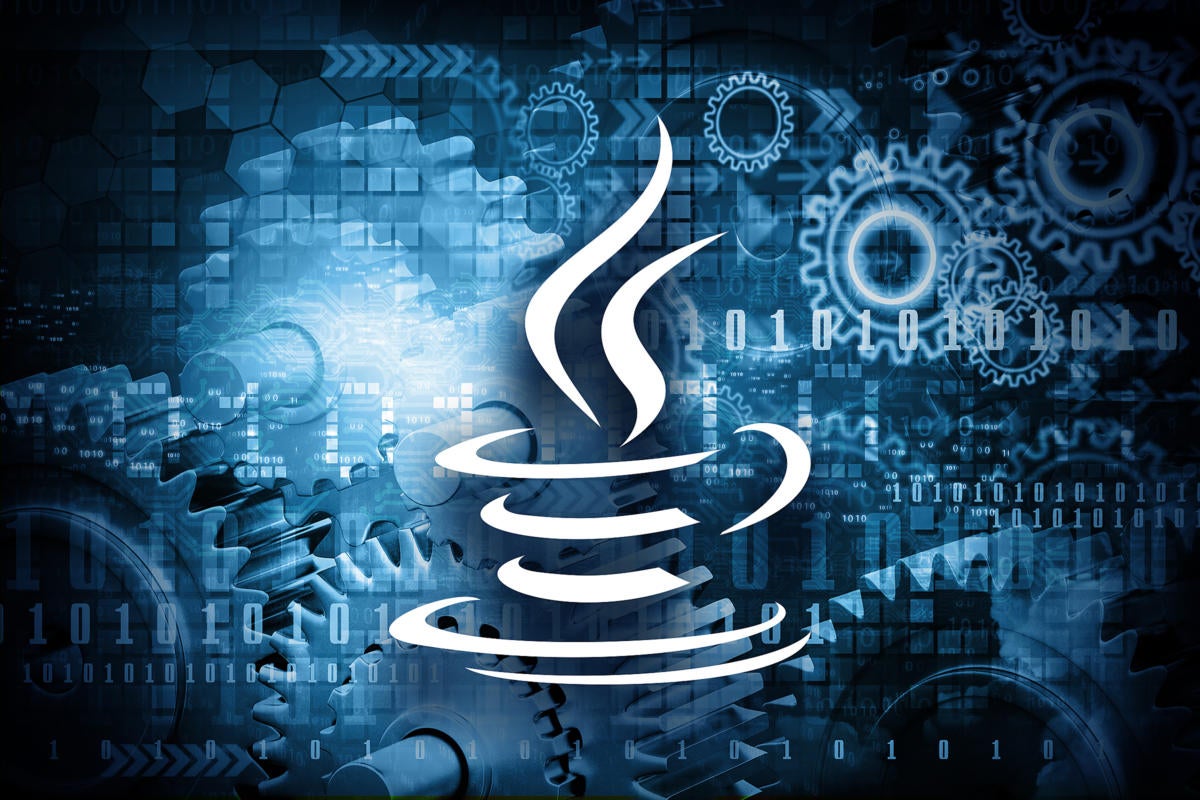This book is designed to teach you the Java programming language and, even
more importantly, to teach you basic programming techniques. It requires no
previous programming experience and no mathematics other than some
simple high school algebra. However, to get the full benefit of the book, you
should have Java available on your computer, so that you can practice with the
examples and techniques given. The latest version of Java is preferable.
If You Have Programmed Before
You need no previous programming experience to use this book. It was
designed for beginners. If you happen to have had experience with some other
programming language, do not assume that Java is the same as the
programming language(s) you are accustomed to using. All languages are
different, and the differences, even if small, are large enough to give you
problems. Browse the first four chapters, reading at least the Recap portions.
By the time you reach Chapter 5,
it would be best to read the entire chapter.
If you have programmed before in either C or C++, the transition to Java
can be both comfortable and troublesome. At first glance, Java may seem almost the same as C or C++. However, Java is very different from these languages, and you need to be aware of the differences. Appendix 6 compares Java
and C++ to help you see what the differences are.
Obtaining a Copy of Java
Appendix 1 provides links to sites for downloading Java compilers and
programming environments. For beginners, we recommend Oracle’s Java JDK
for your Java compiler and related software and TextPad or DrJava as a simple
editor environment for writing Java code. When downloading the Java JDK, be
sure to obtain the latest version available.
Support Materials for Students
■■ Source code for programs in the book and for extra examples
■■ Student lab manual
■■ VideoNotes: video solutions to programming examples and exercises.
Visit www.pearsonglobaleditions.com/Savitch to access the student resources.
PREFACE FOR STUDENTS 11
Learning Aids
Each chapter contains several features to help you learn the material:
■■ The opening overview includes a brief table of contents, chapter objectives
and prerequisites, and a paragraph or two about what you will study.
■■ Recaps concisely summarize major aspects of Java syntax and other
important concepts.
■■ FAQs, or “frequently asked questions,” answer questions that other
students have asked.
■■ Remembers highlight important ideas you should keep in mind.
■■ Programming Tips suggest ways to improve your programming skills.
■■ Gotchas identify potential mistakes you could make—and should avoid—
while programming.
■■ Asides provide short commentaries on relevant issues.
■■ Self-Test Questions test your knowledge throughout, with answers given at
the end of each chapter. One of the best ways to practice what you are
learning is to do the self-test questions before you look at the answers.
■■ A summary of important concepts appears at the end of each chapter.
Online Practice with Pearson MyLab Programming
A self-study and practice tool, a MyLab Programming course consists of
hundreds of small practice problems organized around the structure of this
textbook. The system automatically detects errors in the logic and syntax of
your code submissions and offers targeted hints that enable you to figure out
what went wrong—and why. Visit www.myprogramminglab.com for more
information.
VideoNotes
These short step-by-step videos demonstrate how to solve problems from
design through coding. VideoNotes allow for self-placed instruction with easy
navigation including the ability to select, play, rewind, fast-forward, and stop
within each VideoNote exercise.
Margin icons in your textbook let you know
when a VideoNote video is available for a particular concept or homework
problem.
This Text Is Also a Reference Book
In addition to using this book as a textbook, you can and should use it as a
reference. When you need to check a point that you have forgotten or that you
hear mentioned by somebody but have not yet learned yourself, just look in
the index. Many index entries give a page number for a “recap.” Turn to that
page. It will contain a short, highlighted entry giving all the essential points on
VideoNote
12 PREFACE FOR STUDENTS
that topic. You can do this to check details of the Java language as well as
details on programming techniques.
Recap sections in every chapter give you a quick summary of the main
points in that chapter. Also, a summary of important concepts appears at the
end of each chapter. You can use these features to review the chapter or to
check details of the Java language.


